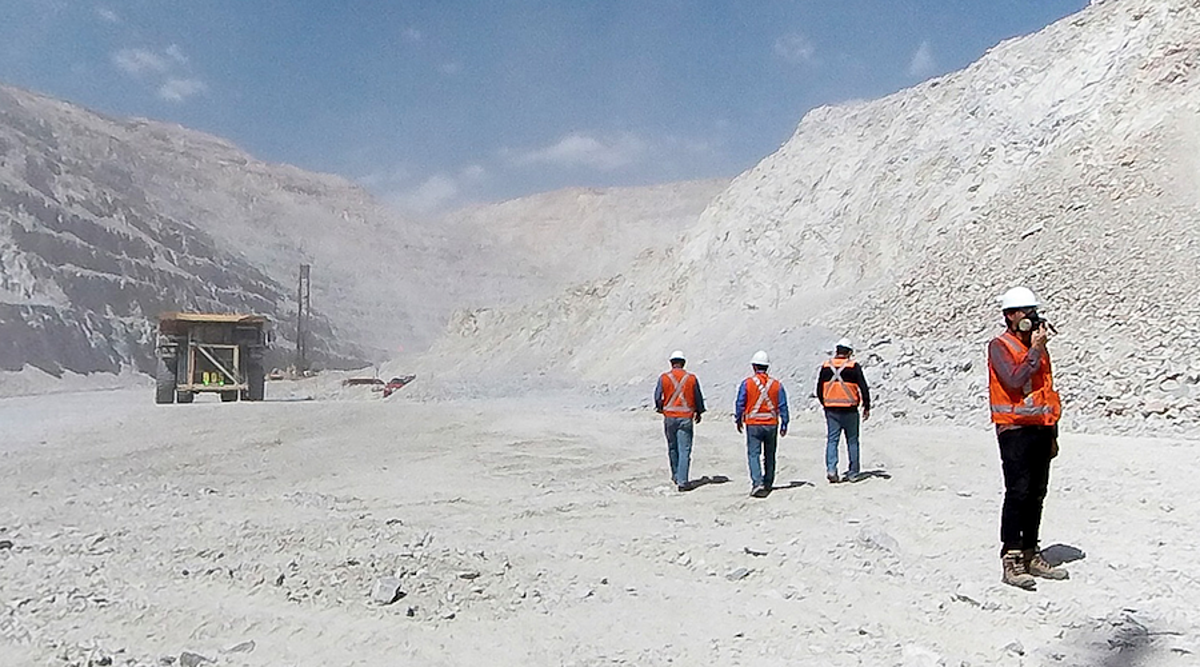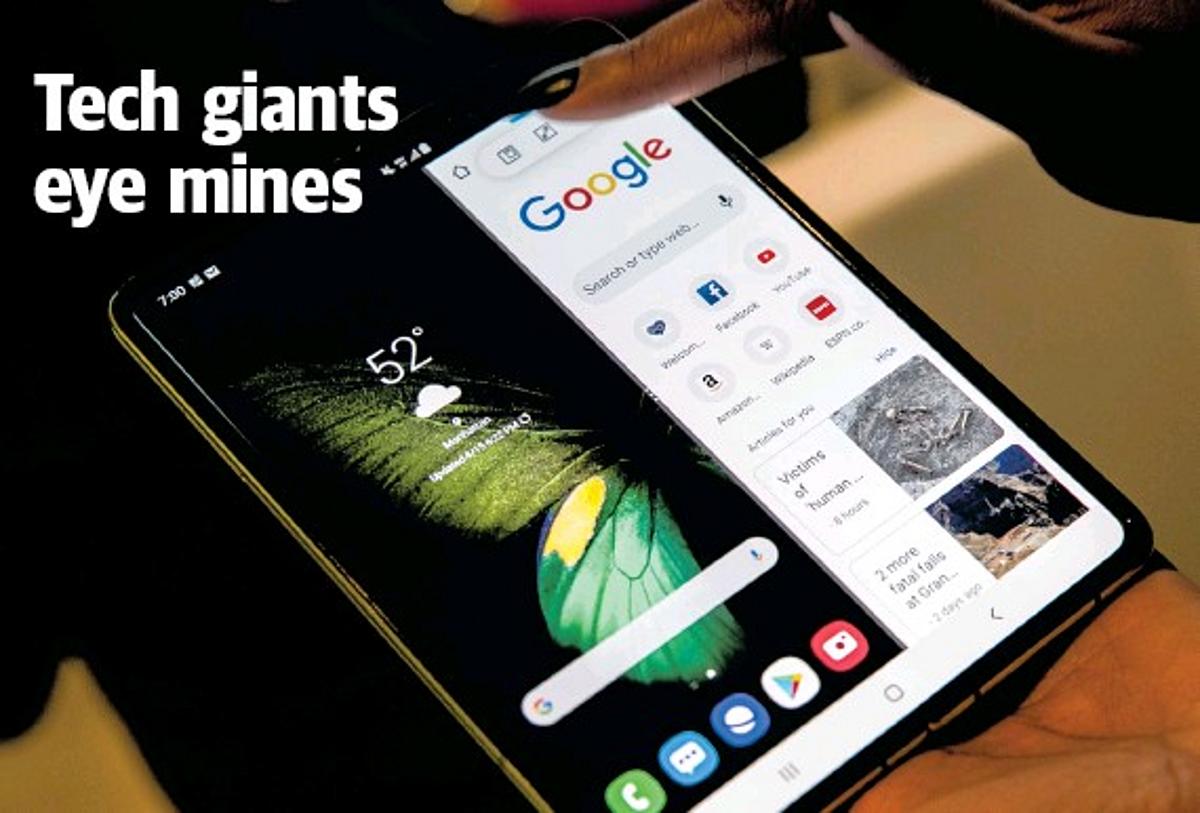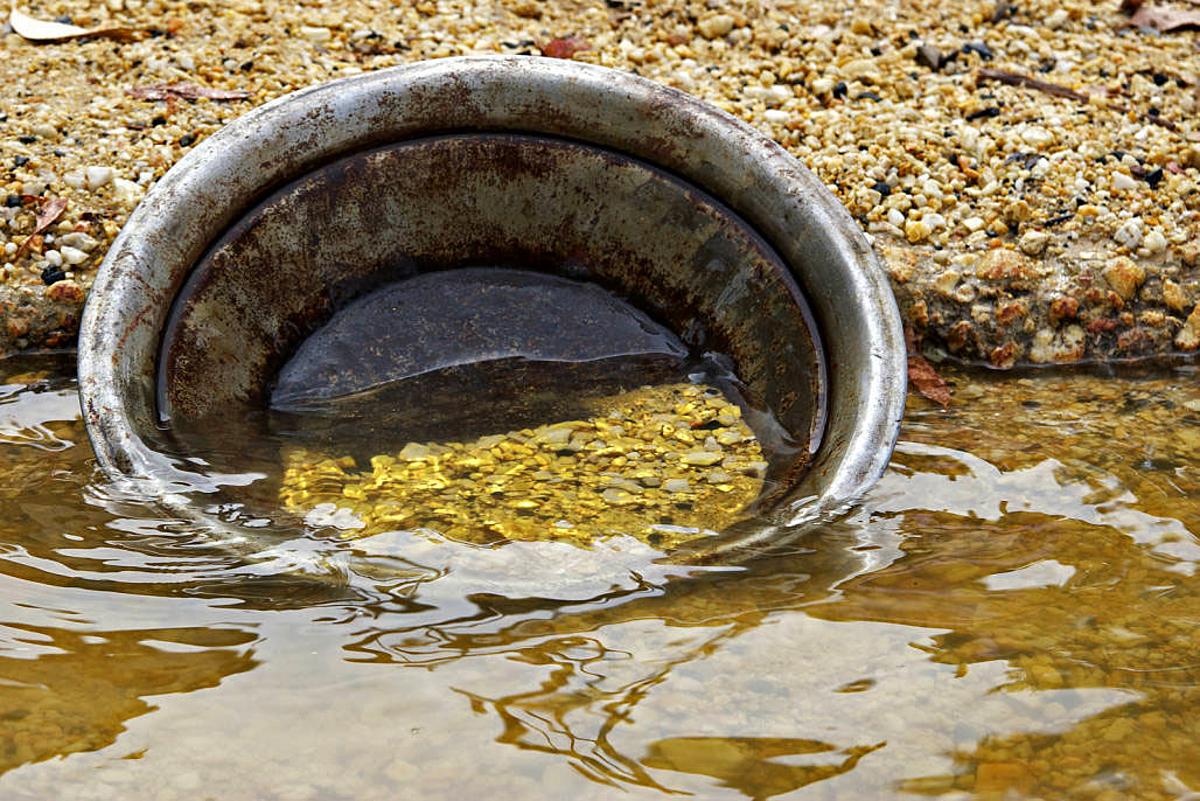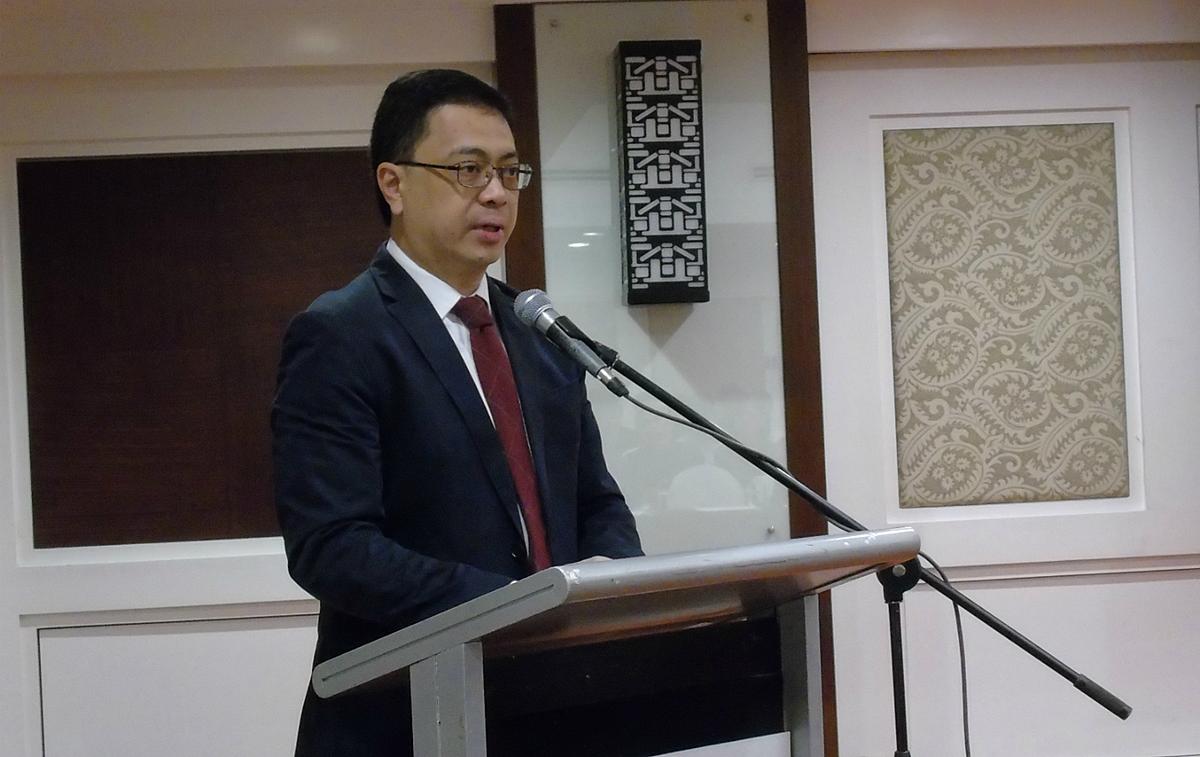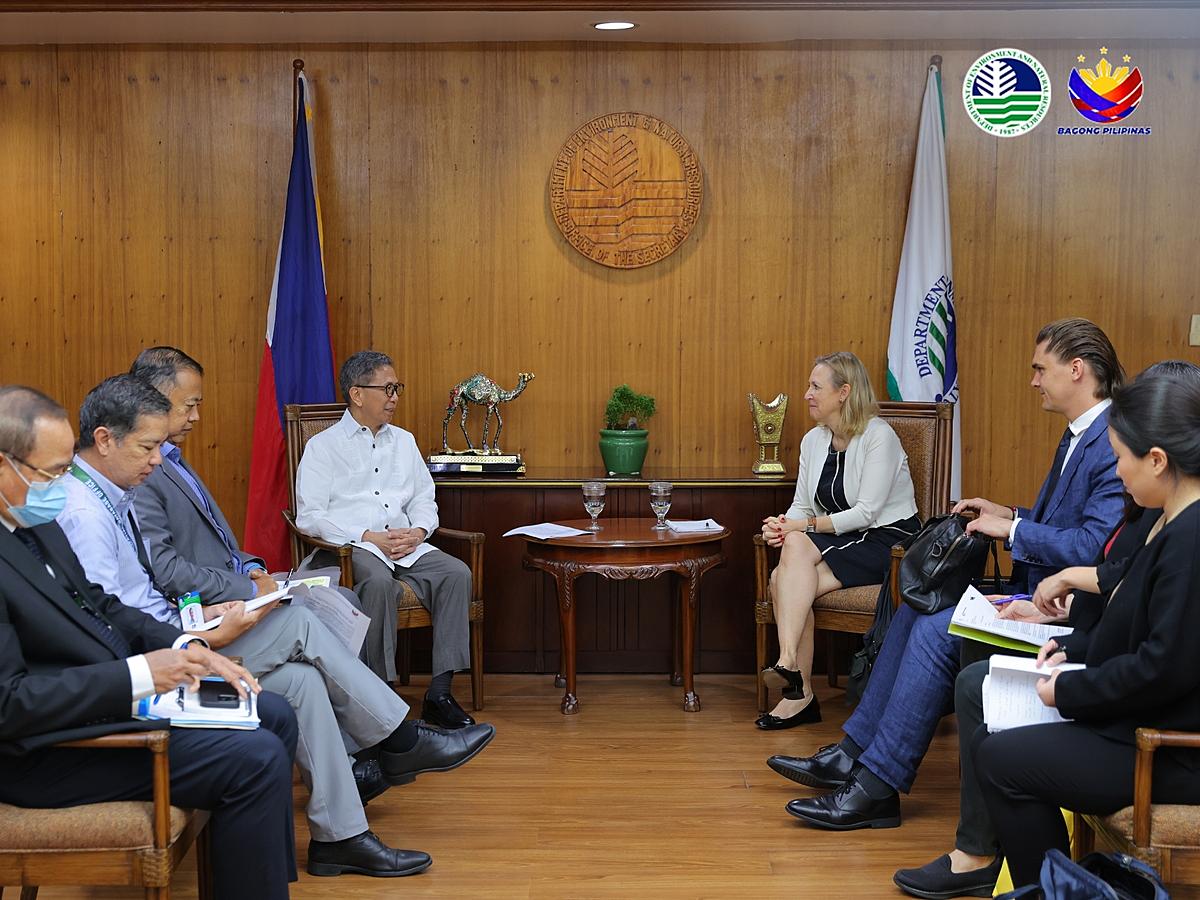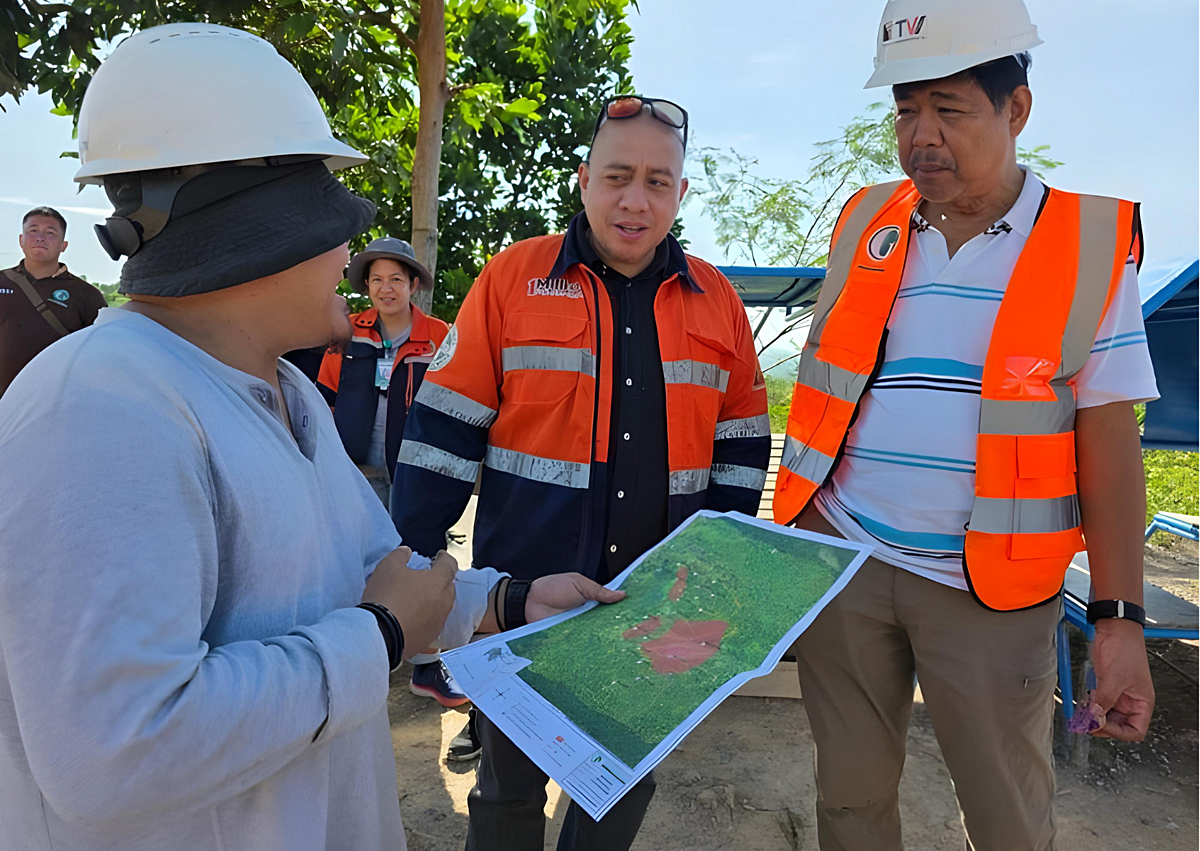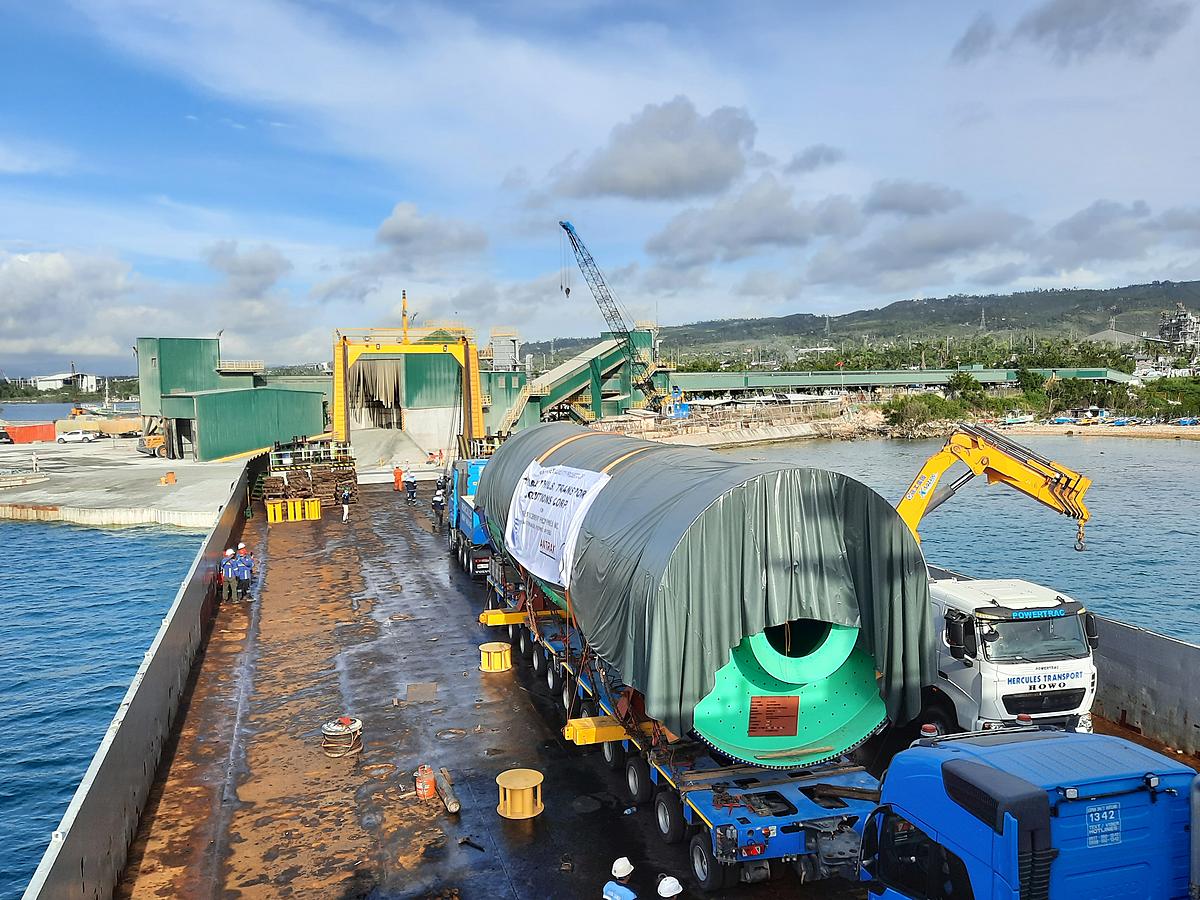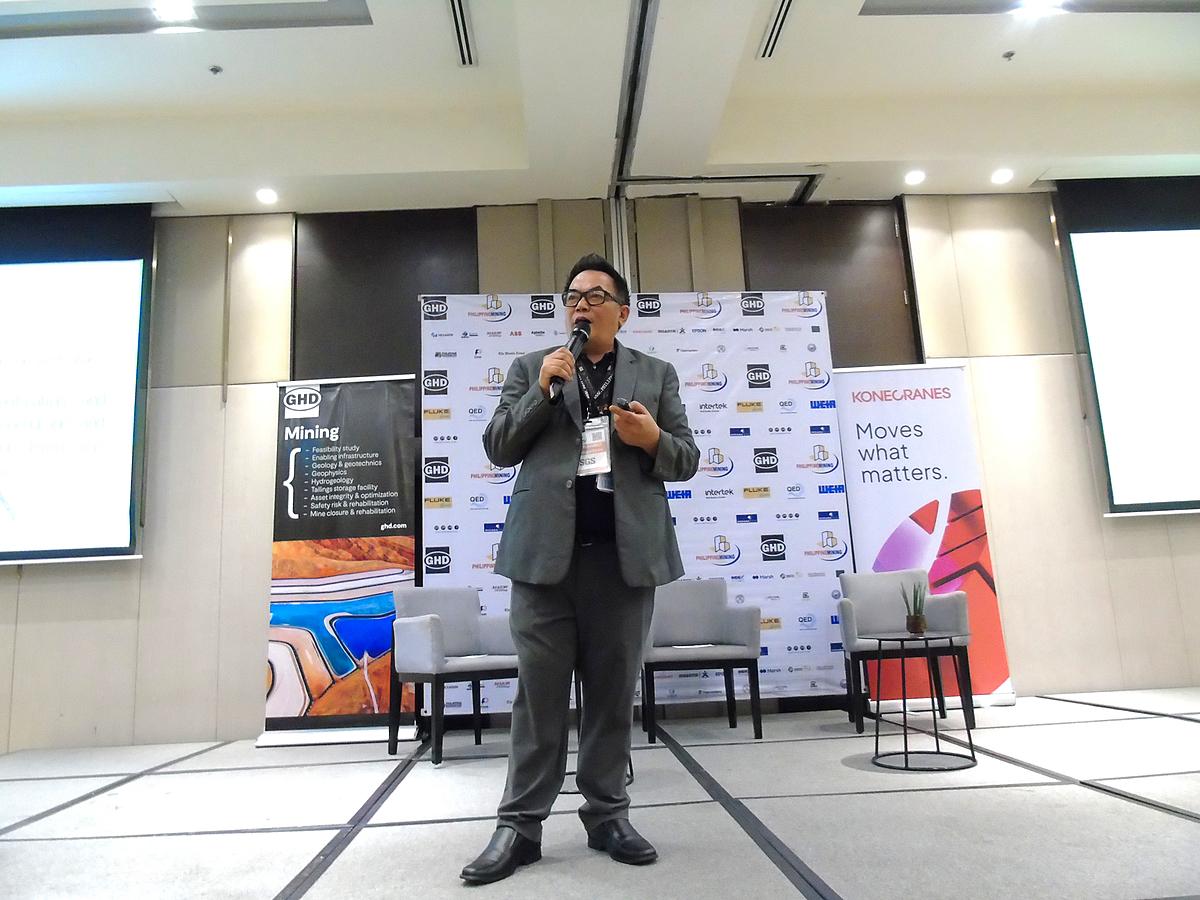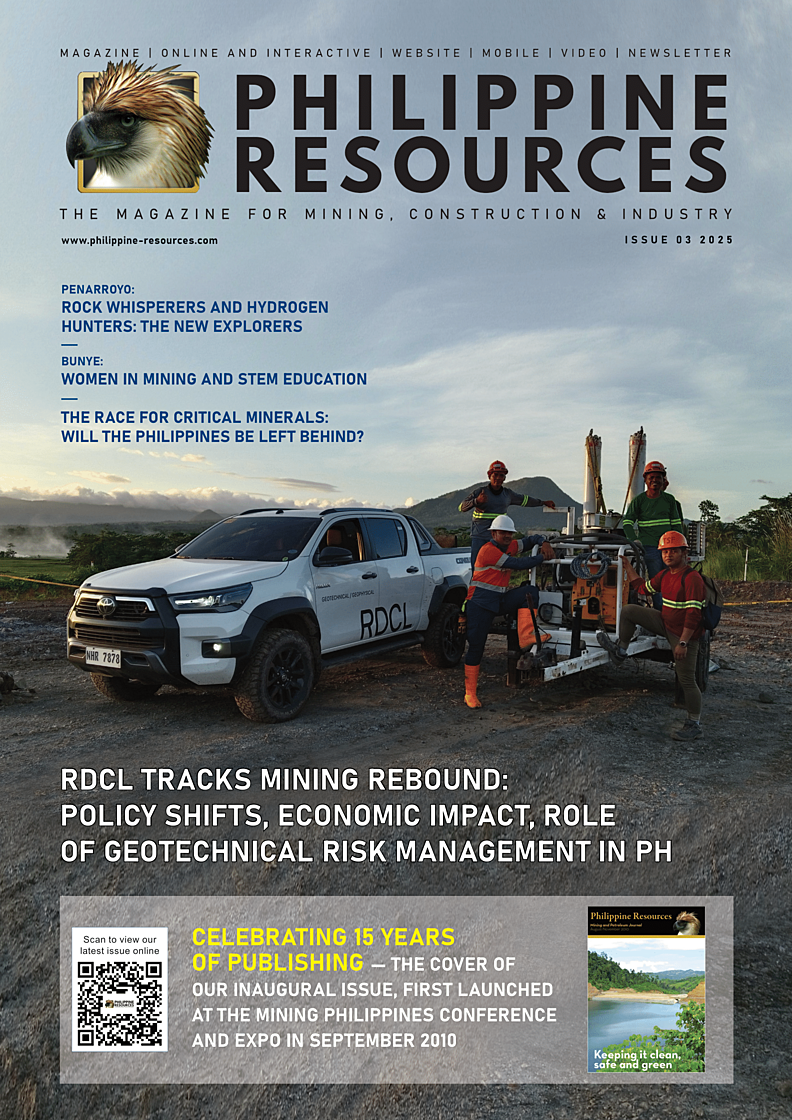Patricia A. O. Bunye
In the last few months, I’ve had the pleasure of attending presentations of the Philippine Council for Industry Energy and Emerging Technology Research and Development (PCIEERD) of the Department of Science and Technology (DOST) before the mining industry. In March, at the 1st quarter mining lecture series which it co-hosted with the Chamber of Mines of the Philippines, PCIEERD presented “A Roadmap for Value-Adding in the Mining Industry”. In April, at the 1st Philippine Natural Resources Development Forum, PCIEERD presented its Mining & Minerals Program, where it highlighted programs for value-adding of both metallic and non-metallic minerals, as well as programs for the rehabilitation of mined-out areas. In particular, PCIEERD discussed a technical and economic pre-feasibility study to determine the most ironmaking technology for the value adding of Philippine magnetite resources.
PCIEERD is one of the three sectoral planning councils of the DOST and is mandated to serve as the central agency in the formulation of policies, plans, and programs, as well as in the implementation of strategies in the industry, energy, and emerging technology sectors through the following science and technology programs: (1) support for research and development; (2) human resource and institution development; (3) science and technology (S&T) information dissemination and promotion; (4) support for technology transfer and commercialization; and (4) policy development and advocacy.
It covers the following industries: electronics and semiconductors; mining and minerals; metals and engineering; and food processing. Under emerging technologies, it covers: materials science/nanotechnology; genomics/biotechnology; information and communications technology; space technology applications; photonics; artificial intelligence; data science and creative industries.
PCIEERD’s mandate has always fascinated me as I see it as the intersection of two of my main practice areas: mining and intellectual property. Ordinarily, there would be very few instances when I would be able to apply both mining and intellectual property law to the same matter or assignment. Further, given that the local mining industry is often more focused on regulatory (and often existential) challenges, technological innovation is often not at the forefront of the operations of local mining companies. Nevertheless, as PCIEERRD’s recent presentations have shown, there are a number of opportunities, including to fund projects that have commercial potential and to push further research that will benefit the mining industry.
In more advanced mining jurisdictions like Australia, for example, mining and engineering companies are using intellectual property rights to create new revenue streams, maintain a competitive edge, boost their assets and secure new finance. For these companies, intellectual property is not just about preventing others from copying their products, but also leveraging or exploiting intellectual property to create new revenue streams.
We typically think of intellectual property in terms of trademarks or protecting names or brands, or literary or artistic works which are copyrightable. Certainly, industry leaders should safeguard their ability to assert and protect their fairly won competitive edge.
Patent protection for their innovations, whether it be a new type of machine, a new way of doing something, or a new chemical composition, should also be considered. While much of the research and development may be occurring outside the Philippines, it is inevitable that certain improvements are made locally owing to our unique conditions and the innate ingenuity of Pinoys. The mining, energy, and engineering sectors are highly competitive so even small improvements in efficiency or reliability can yield significant returns. Whether the improvements result in a greater output or time efficiency, or simply improve health and safety, it is worth considering protecting the intellectual property underlying those improvements.
Codelco, Chile’s state owned mining company, is an example of a mining company with a well-developed IP strategy, which involves transferring and adapting existing technologies and developing new ones to address the challenges confronting each of the company’s eight mining and processing operations (Andina, Chuquicamata, El Teniente, Gabriela Mistral, Ministro Hales, Radomiro Tomic, Salvador and Ventanas). In recent years, Codelco has been focusing on developing smart mining technologies for use at every stage of the production process, from extraction at the mine site to the production of cathodes used in a wide variety of electrical and electronic goods and systems. These technologies are helping Codelco to improve productivity and operational efficiency and to make significant cost savings. Tele-robotic mining, for example, using remote-controlled robotic machinery to extract minerals, is reducing the risks for miners. The company’s intellectual property strategy is applied in three main areas:
(1) intellectual property plays a role in the development of prototype mining equipment. Codelco establishes agreements with commercial suppliers to build prototypes which, once validated, are incorporated into its production processes. Within the framework of these agreements, Codelco transfers its intellectual property to its commercial partner(s) to optimize product development.
(2) Codelco protects the technologies that it develops with patents. It has filed at least 250 patent applications, of which 134 have been granted in Chile and 21 in other countries. The company is among the top Chilean mining companies in its use of the patent system.
Codelco’s first patent, granted in 1978, was for the Teniente Converter, an energy-efficient furnace that is capable of melting and converting copper concentrate. It also holds patents on many mining processes, including for bioleaching, where micro-organisms are used for low-cost and efficient extraction of copper from low-grade sulfide minerals.
(3) Intellectual property plays an important role in the context of the network of alliances Codelco is building with different companies, research centers and universities to develop innovative, high-performance solutions in line with its strategic goals.
While Codelco has led the way, studies conducted by firms such as Deloitte on innovation in the mining industry tend to show that, in most other companies, the innovation that is occurring remains focused on achieving short-term returns rather than creating long-term sustainable benefits. Many mining companies are still struggling to drive organization-wide change by setting a clear vision for, or adopting a culture of, innovation. Most initiatives remain funded by operating or capital budgets, leaving innovation to be pursued rather haphazardly, rather than as an integral part of the employees’ day-to-day jobs.
Nevertheless, there are bright spots. Africa is one of the regions trying to lead the way as a hub for mining technology by building an ecosystem that includes not just the mining companies, but also the government, universities, incubators, IT companies and community leaders to provide an environment that supports and encourages collaboration and the development of new mining technologies and networks. As PCIEERD and the Chamber of Mines regularly bring together experts from different disciplines through the “Digging Deeper” series, it is hoped that their ongoing interaction on science and policy-related issues affecting the industry bears similar fruit.
Patricia A. O. Bunye is a Senior Partner at Cruz Marcelo & Tenefrancia where she heads its Mining & Natural Resources Department and Energy practice group. She is also an intellectual property lawyer and has served as President of the Licensing Executives Society International (www.lesi.org), the first Filipino and Southeast Asian to hold this position.

